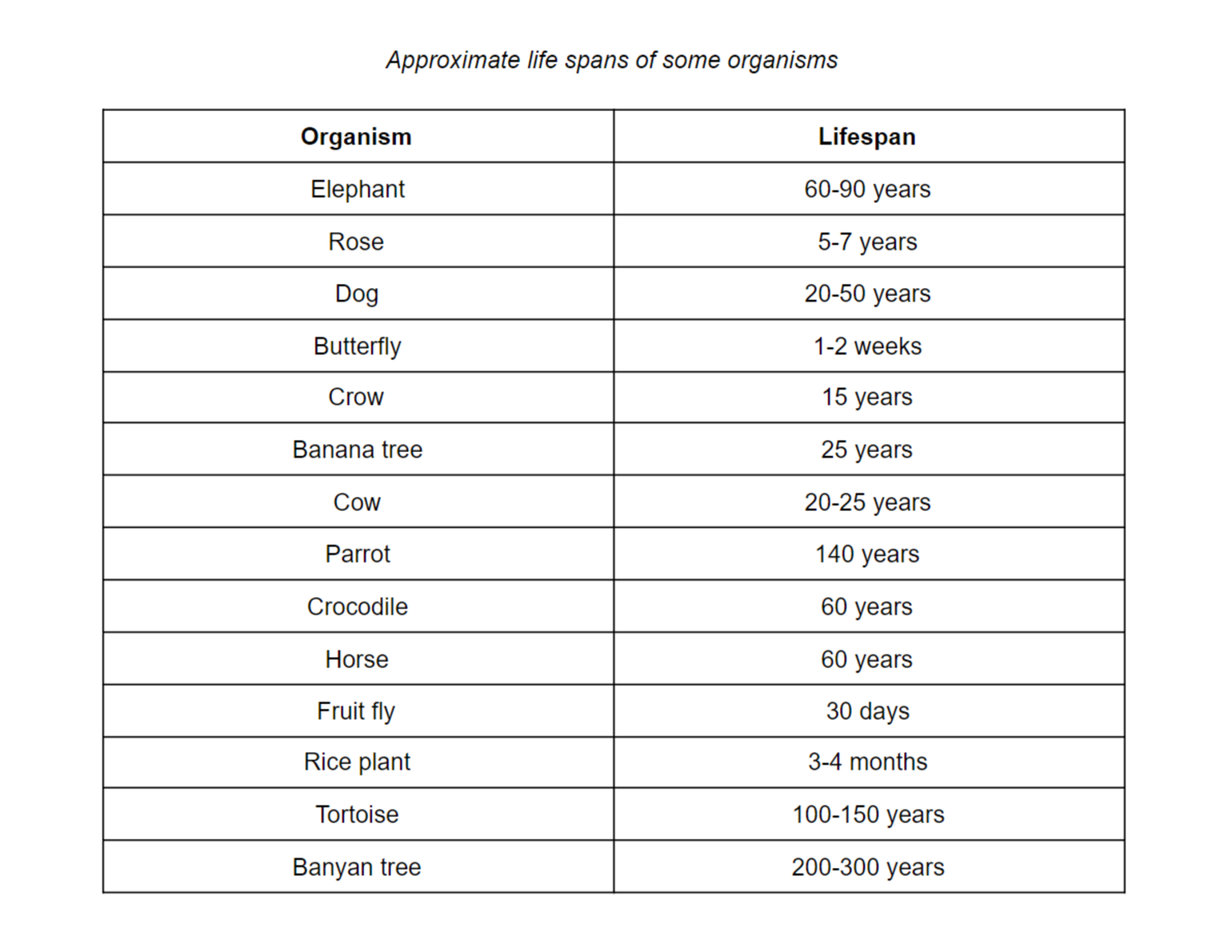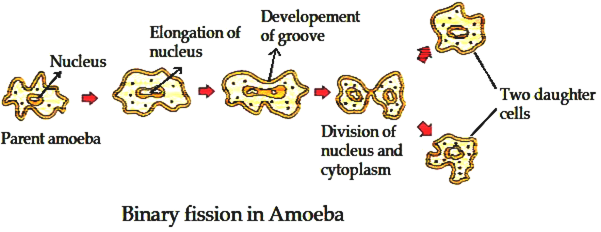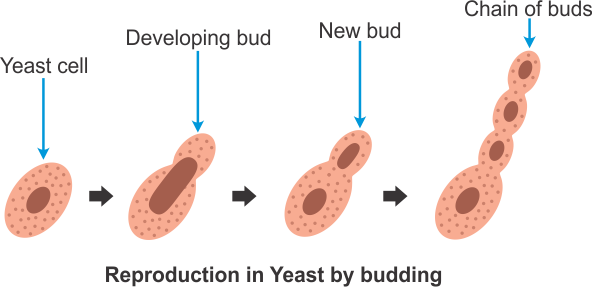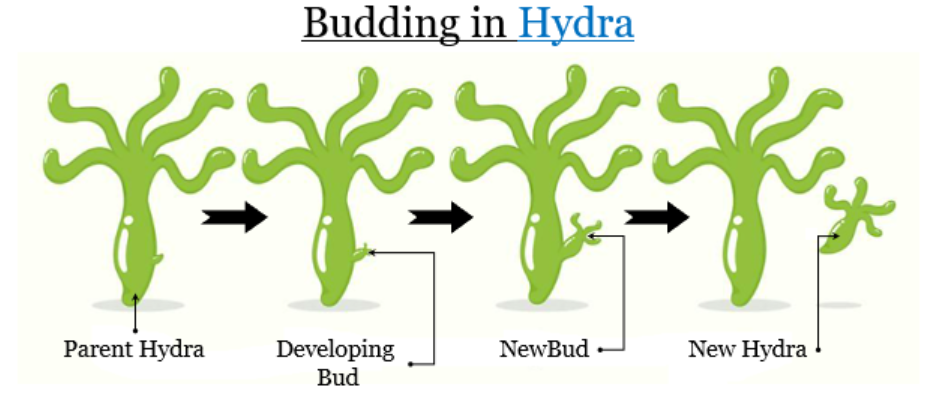CBSE Class 12 Biology Chapter 1 Revision Notes Part 1
Chapter 1: Reproduction in Organisms Revision Notes Part 1
Lifespan:
-
The period from birth to the natural death of an organism represents its life span.
-
Life spans of organisms are not necessarily correlated with their sizes:
- For example, the sizes of crows and parrots are not very different yet their life spans show a wide difference.
- Similarly, a mango tree has a much shorter life span as compared to a peepal tree.
-
No individual is immortal, except single-celled organisms.

Reproduction:
-
Reproduction is defined as a biological process in which an organism gives rise to young ones (offspring) similar to itself.
-
The offspring grow, mature and in turn produce new offspring.
-
The organism’s habitat, its internal physiology and several other factors are collectively responsible for how it reproduces.
Types of reproduction:
Based on whether there is participation of one organism or two in the process ofreproduction, it is of two types:
- Asexual reproduction: When offspring is produced by a single parent with or without the involvement of gamete formation, the reproduction is asexual.
- Sexual reproduction: When two parents (opposite sex) participate in the reproductive process and also involve fusion of male and female gametes, it is called sexual reproduction.
Asexual reproduction:
- In this method, a single individual (parent) is capable of producing offspring.
- As a result, the offspring that are produced are not only identical to one another but are also exact copies of their parent.
(i) Asexual reproduction in animals:
Binary fission
- Fission occurs in prokaryotic microorganisms and in some invertebrate, multi-celled organisms.
- A cell divides into two halves and each rapidly grows into an adult.
- Examples include amoeba and paramecium.
Budding
- Budding is a form of asexual reproduction which results from the outgrowth of a part of a cell or body region leading to a separation from the original organism into two individuals.
- Budding is particularly more common in some invertebrate animals such as corals and hydras.
Sporulation
- Sporulation is a type of asexual reproduction that invloves the formation of spores from vegetative cells during unfavorable environmental conditions.
- For example, under unfavourable conditions, amoeba withdraws its pseudopodia and secretes a three-layered hard covering or cyst around itself. This phenomenon is termed as encystation.
- When favourable conditions return, the encysted amoeba divides by multiple fission and produces many minute amoeba or pseudopodiospores; the cyst wall bursts out, and the spores are liberated in the surrounding medium to grow up into many amoebae. This phenomenon is known as sporulation.
Fragmentation
- Fragmentation is the breaking of the body into two parts with subsequent regeneration. If the animal is capable of fragmentation, and the part is big enough, a separate individual will regrow.
- For example, in yeast, the division is unequal and reproduction occurs by budding. Small buds are produced that remain attached initially to the parent cell which eventually gets separated and mature into new yeast organisms (cells).
(ii) Asexual reproduction in plants:
- Members of the Kingdom Fungi and simple plants such as algae reproduce through special asexual reproductive structures.
- The most common of these structures are zoospores that usually are microscopic motile structures.
- Other common asexual reproductive structures are conidia (Penicillium), buds (Hydra) and gemmules (sponge).
Vegetative propagation
- In plants, vegetative reproduction occurs by vegetative propagules like runner, rhizome, sucker, tuber, offset and bulb.
- These structures are called vegetative propagules.
Terror of Bengal (Water hyacinth):
- This plant was introduced in India because of its beautiful flowers and shape of leaves.
- It is one of the most invasive weeds found growing wherever there is standing water.
- It drains oxygen from the water, which leads to death of fishes.
- Since it can propagate vegetatively at a phenomenal rate and spread all over the water body in a short period of time, it is very difficult to get rid of them.
Sources
Reproduction in Organisms – NCERT textbook for class 12. Accessed 2 Dec. 2021.
]]>




